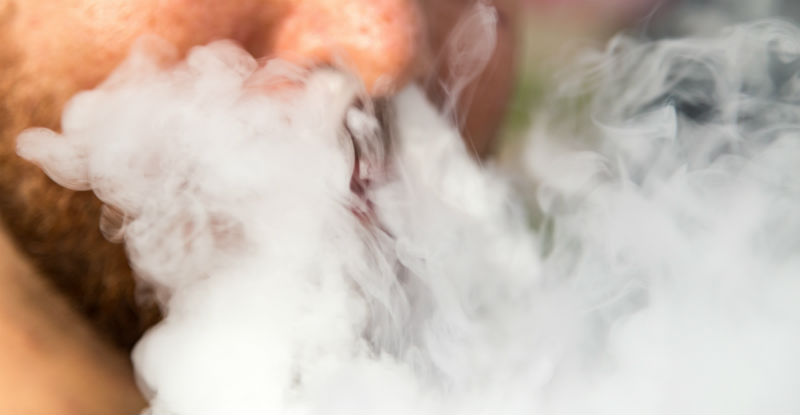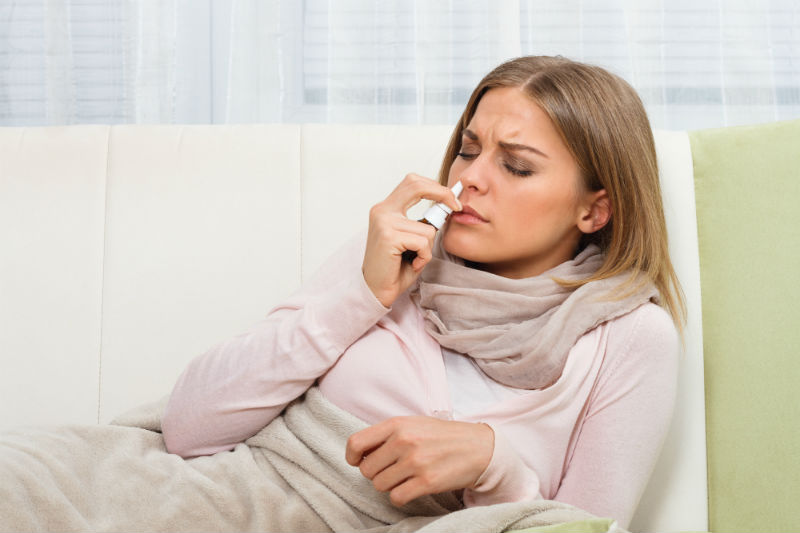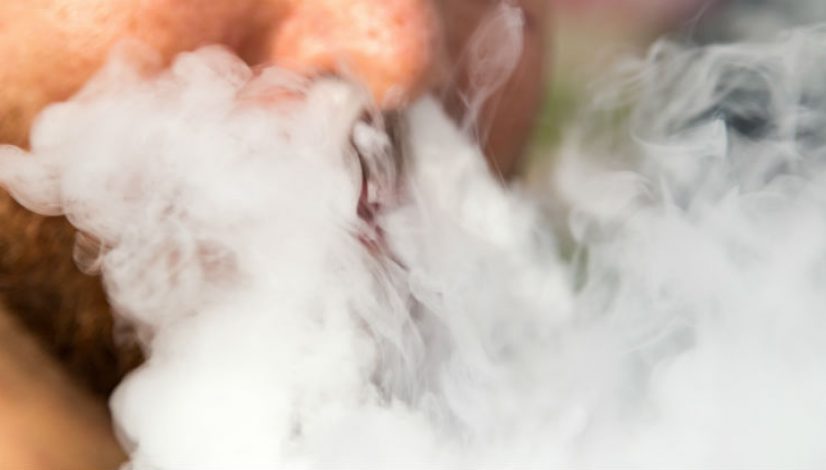Is Exhaling Smoke From Your Nose Bad For You?
There is little evidence to suggest whether or not exhaling through your nose or your mouth is bad for you. However, what is known is that exhaling through the nose subjects the nasal cavity to some of the same harms as the lungs and mouth.
Smoking, in general, is not a healthy habit. Research has shown that while cannabis smoke is not associated with the same harms as tobacco smoke, smoking can still cause bronchitis-like symptoms as well as inflammation and reversible damage to airways.
While nose exhales typically taste better, exhaling through your nose exposes the delicate tissues of the sinuses and nostrils to irritants. However, the overall damage the herb does to the nose will also depend on how often you smoke and your chosen consumption methods.
Is exhaling smoke from your nose bad for you?

Arguably, blowing smoke from just about anywhere can be considered bad for you. But, exhaling from the nose specifically? Here are six reasons why nose exhales can be irritating:
1. Heat
As common sense suggests, smoke is hot. Intense heat in the lungs and respiratory system can be irritating. Further, smoke from burning plant materials contains hot tar and embers, which can cause injury and irritation to the soft tissues of the nose, throat, and airways.
2. Aging
Smoking is a major contributor to aging. Smoke is a pollutant that can cause oxidative stress to the skin and other exposed tissues. While there is no firm evidence that cannabis smoke contributes to nasal or skin cancers, smoking certainly can accelerate the aging process in the skin.
3. Increased exposure to carcinogens
Thus far, a meta-analysis of pooled studies has failed to find a correlation between cannabis and head and neck cancers. However, combusting plant materials increases your exposure to known carcinogens like benzene, toluene, and naphthalene. Generally speaking, it’s best to avoid these compounds when possible.
A small study has shown that vaporizing at a temperature of 365℉ (185℃) reduces the risk of exposure to these carcinogens by 100 percent. Of course, these numbers may change depending on the type of vaporizer.
4. Dryness
Dry mouth is one of the most unwanted side effects of cannabis consumption. The herb gives you dry mouth because compounds like psychoactive THC bind with cell proteins known as cannabinoid receptors. These receptors are present in mucous membranes throughout the body, including in the nose. Exhaling smoke through your nose can make your nose feel dry and irritated.
5. Concentrate additives
More research is needed, but nose-breathing after puffing on a vape pen may have worse health effects than exhaling after a bong rip. This is not because of cannabis, but because of additives used as thinning agents in vaporizer cartridges.
Some vaporizer cartridges contain propylene glycol or polyethylene glycol. Research shows that when these additives are burned at 446℉ (230℃), they release the carcinogenic compounds formaldehyde and acetaldehyde.
Propylene glycol is also dehydrating, meaning that it can suck moisture from the mucus membranes in the nose. In anecdotal reports, vaporizers containing propylene glycol have caused damage to the tissues nose after repeated use.
6. Nasal microbiome
Like the rest of the body, the nasal cavity is an ecosystem teeming with beneficial (and possibly harmful) microorganisms and viruses. When you exhale cannabis through your nose, your nasal microbiome is getting its smoke on, too.
While no studies have looked specifically at how cannabis smoke affects the microbiome, research on tobacco has found that smoking is associated with major changes to your nasal flora. Specifically, cigarette smoke may increase the number of pathogenic bacteria in the region, potentially making consumers more prone to infection.
Though, it’s important to note that tobacco smoke has also been associated with immunosuppression, and it is unclear whether or not cannabis would have the same effect.
How to reduce harms from smoking
While smoking may be bad for you, that certainly does not mean that cannabis is harmful. There are several ways to limit the harms from smoking. These include:
1. Control your heat

If smoking is your thing, then opting for a cooler method like a bong or water pipe is preferable to smoking joints, blunts, spliffs, or from a standard pipe. Why? Smoke from water pipes is just a wee bit cooler than smoke from other consumption methods. While smoking out of a bong is still smoking, water catches more burning embers and reduces the overall temperature of the smoke. As mentioned above, heat is irritating to the soft tissues of the respiratory system.
2. Use saline

If blowing smoke has your nose feeling a little dry, it may be time for some saline. Saline is more or less just salt water spray. This spray can re-moisten the nasal passages. This makes them less prone to tear and is just downright more comfortable. Saline can also help with dry mouth.
3. Opt for safer consumption methods

Smoking isn’t the only way to consume cannabis. Vaporization is considered a far safer way to inhale the herb. Unlike smoking, which combusts plant material at high temperatures, vaporizers heat at low temperatures. This melts the waxy resin glands on the plant and creates a steam rather than a smoke.
Combustion occurs at 445℉ (230℃). At this temperature, carcinogenic compounds like benzene can be released by the cannabis plant. This is a natural, though toxic product of burning materials. This is one major reason why smoking is considered bad for health.
Edibles, tinctures, capsules, and transdermal patches are additional ways to consume cannabis. Though, inhalation is the fastest way to experience the psychoactive effects of the herb.
4. Exercise

Hoping to break up mucus and clean out your respiratory tract? Exercise may help. Exercise forces deep breathing, which is beneficial for both the lungs and the nose. Exercise also boosts immune function and is thought to reduce inflammation.
Exercise also increases blood circulation, which means that vital nutrients and oxygen will be dispersed throughout the body. Without movement, nutrient transport is much more stagnant. This means that less oxygen and nutrient-rich blood will make it to areas around the nose and sinuses.
5. Eat a clean, plant-rich diet

Feeling congested? Eat some pineapple. Eating a diet rich in fruits and vegetables can do wonders for overall health. But, did you know that some foods can have beneficial effects on the lungs? Pineapple, for example, contains a protein called bromelain.
While the protein is most concentrated in pineapple stems, it can be found in the fruit as well.
Early research suggests that this compound may be helpful in treating symptoms of sinus infections. Additional rodent research suggests that an oral administration of this compound reduces inflammation associated with asthma.
Since smoking potentially changes the microbial communities in the nose, eating prebiotic foods may also be useful. Prebiotic foods include onion, garlic, leek, asparagus, dandelion greens, and Jerusalem artichoke. These foods all contain fibers which microorganisms like to eat.
While there is little research on the influence of prebiotic foods on the nasal microbiome, prebiotics have been associated in blinded, placebo-controlled trials with reduced symptoms of allergy and skin-related conditions like eczema.


